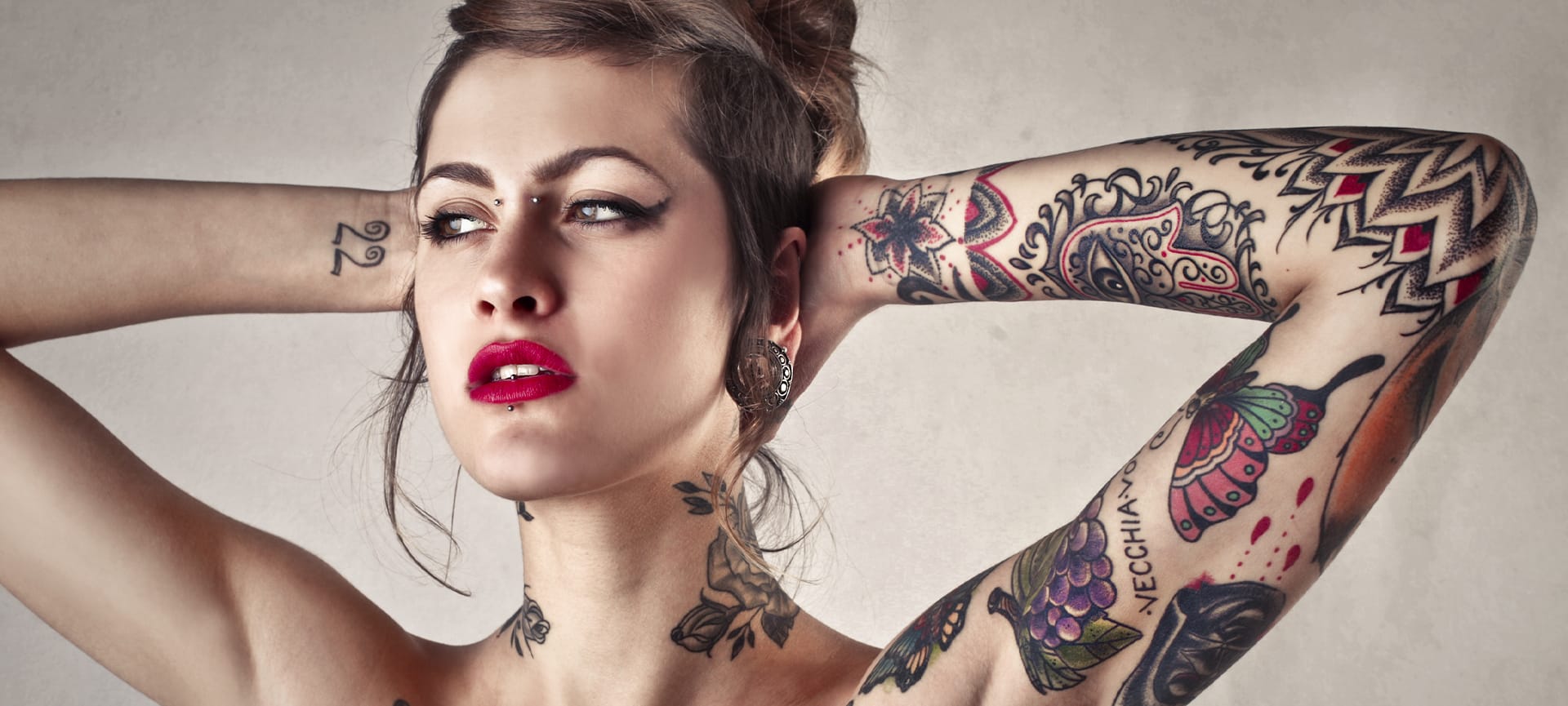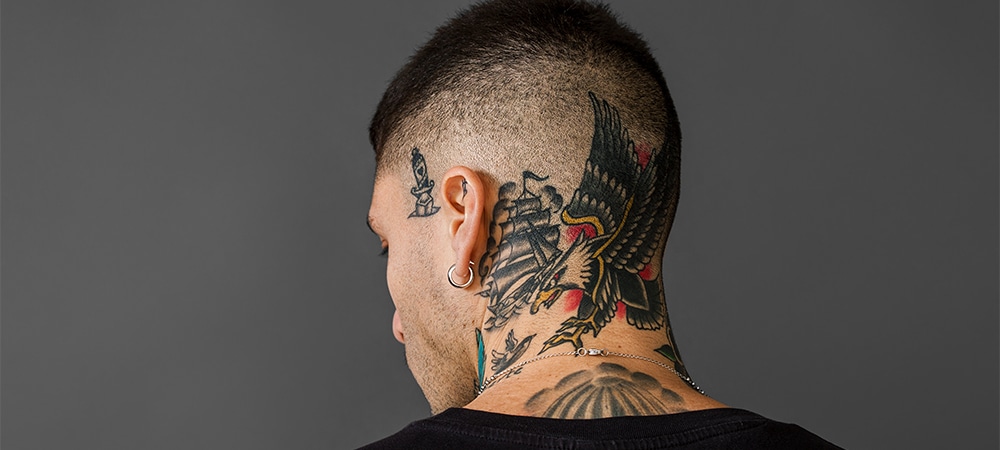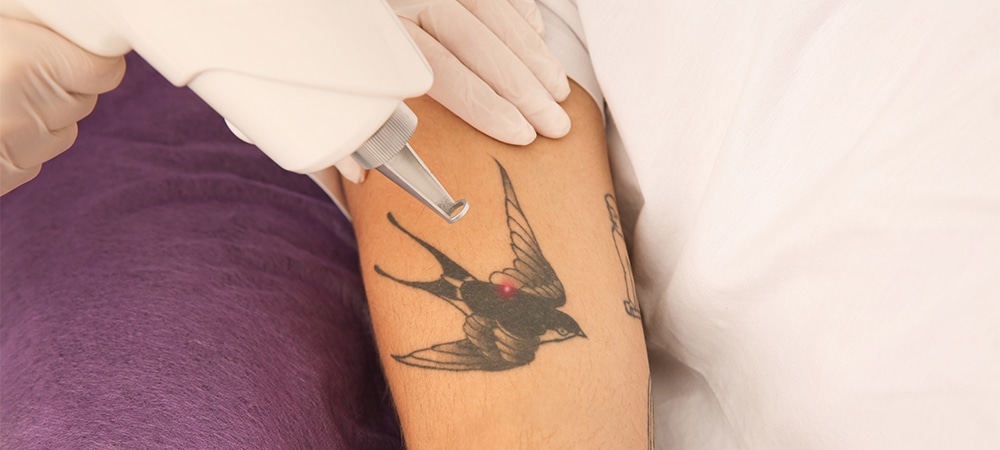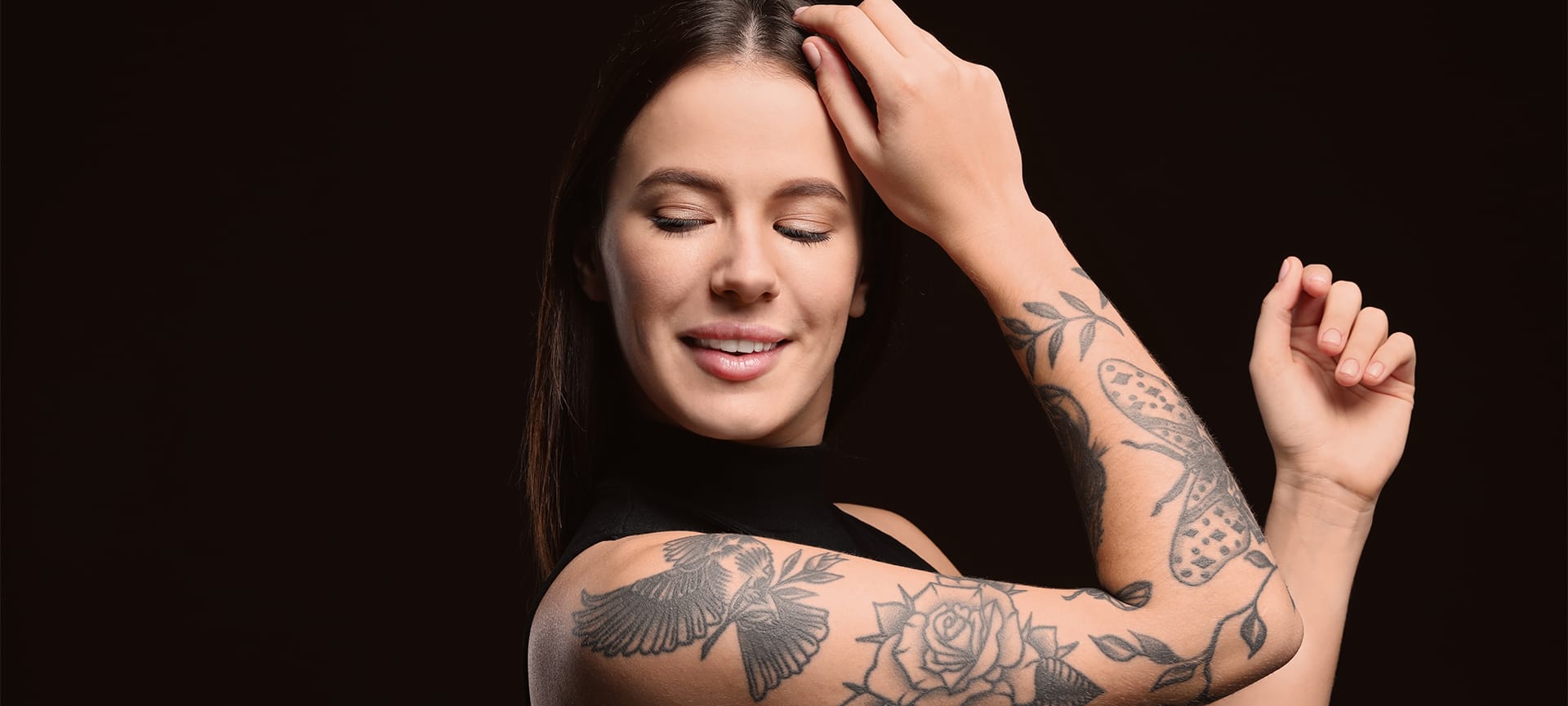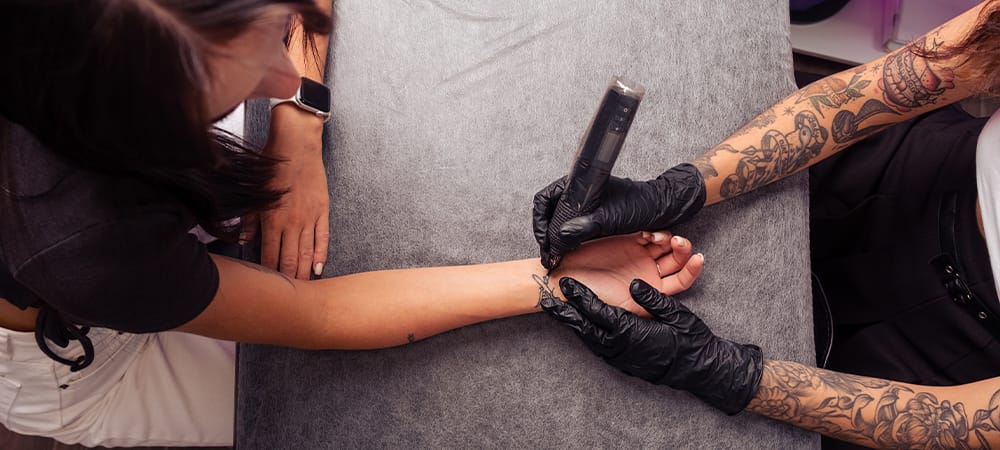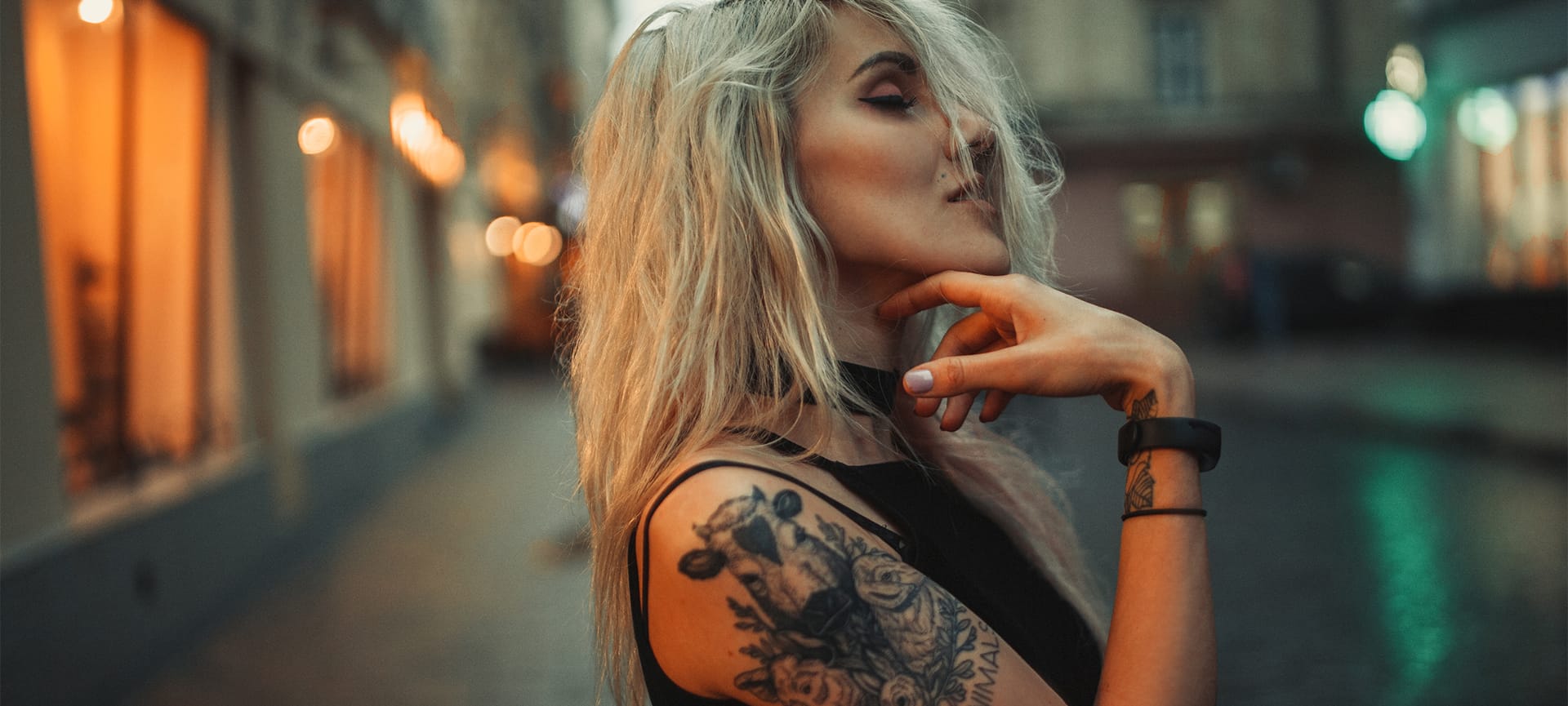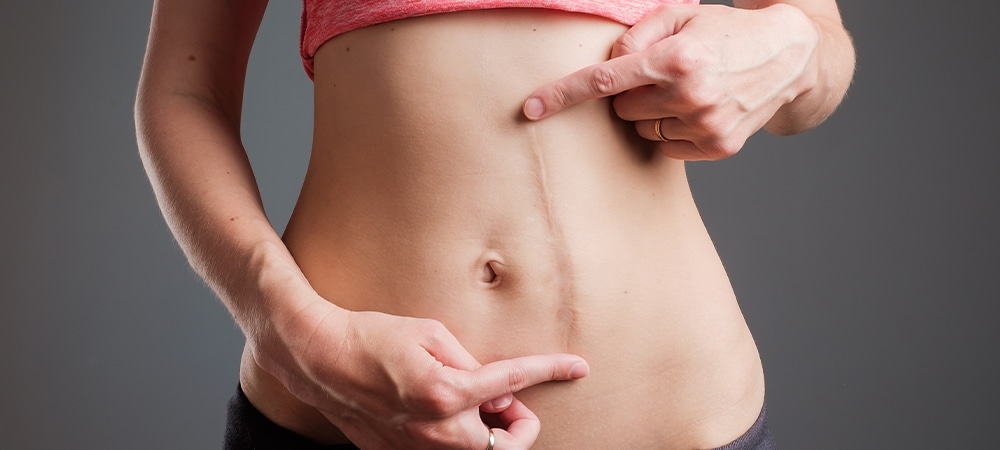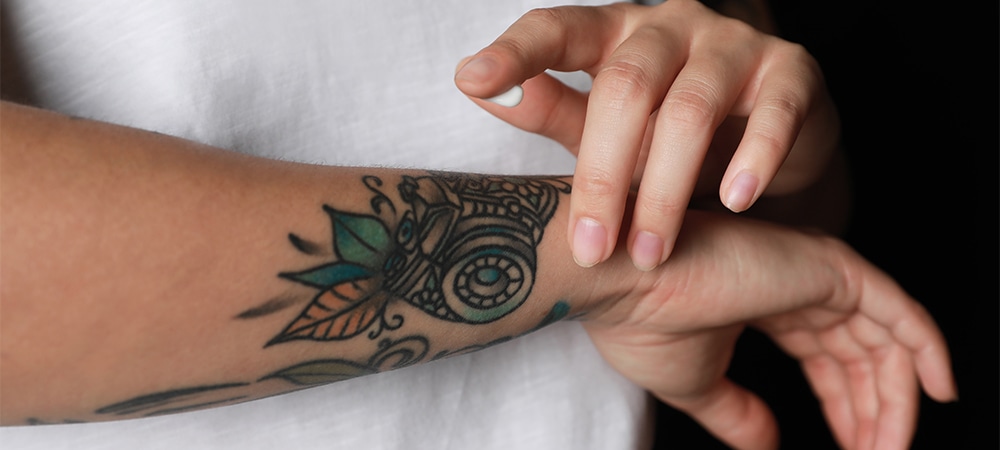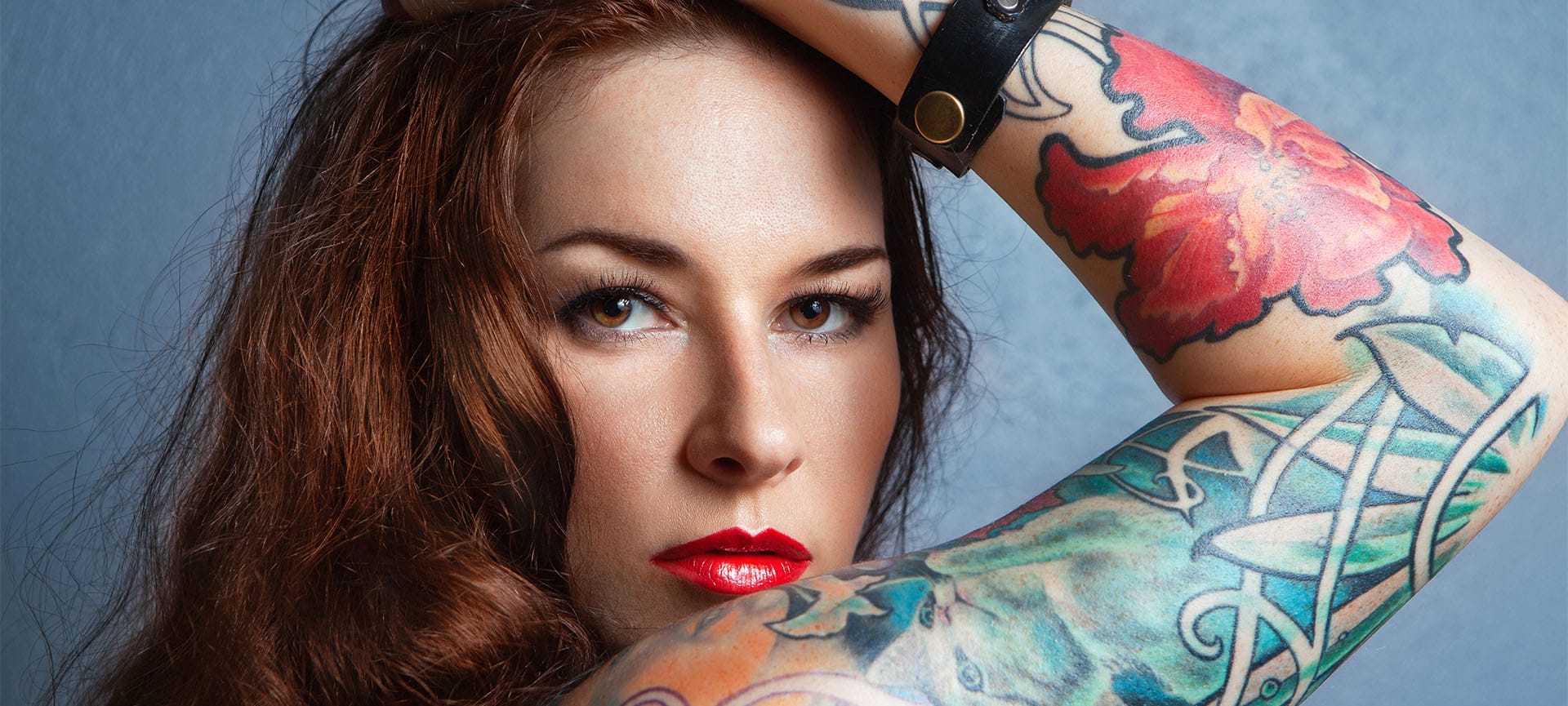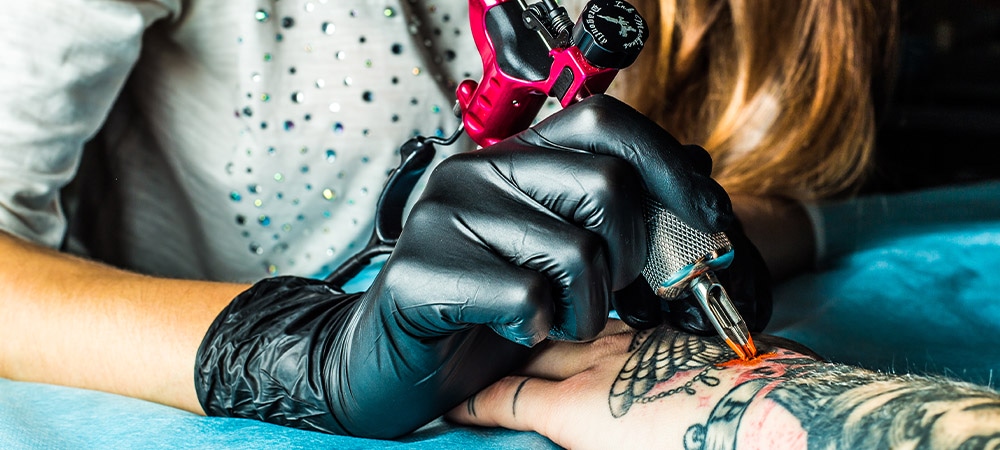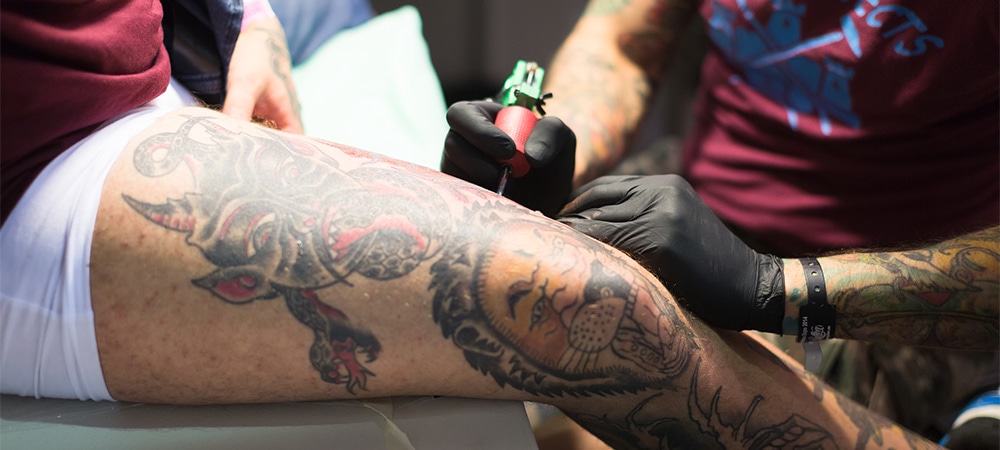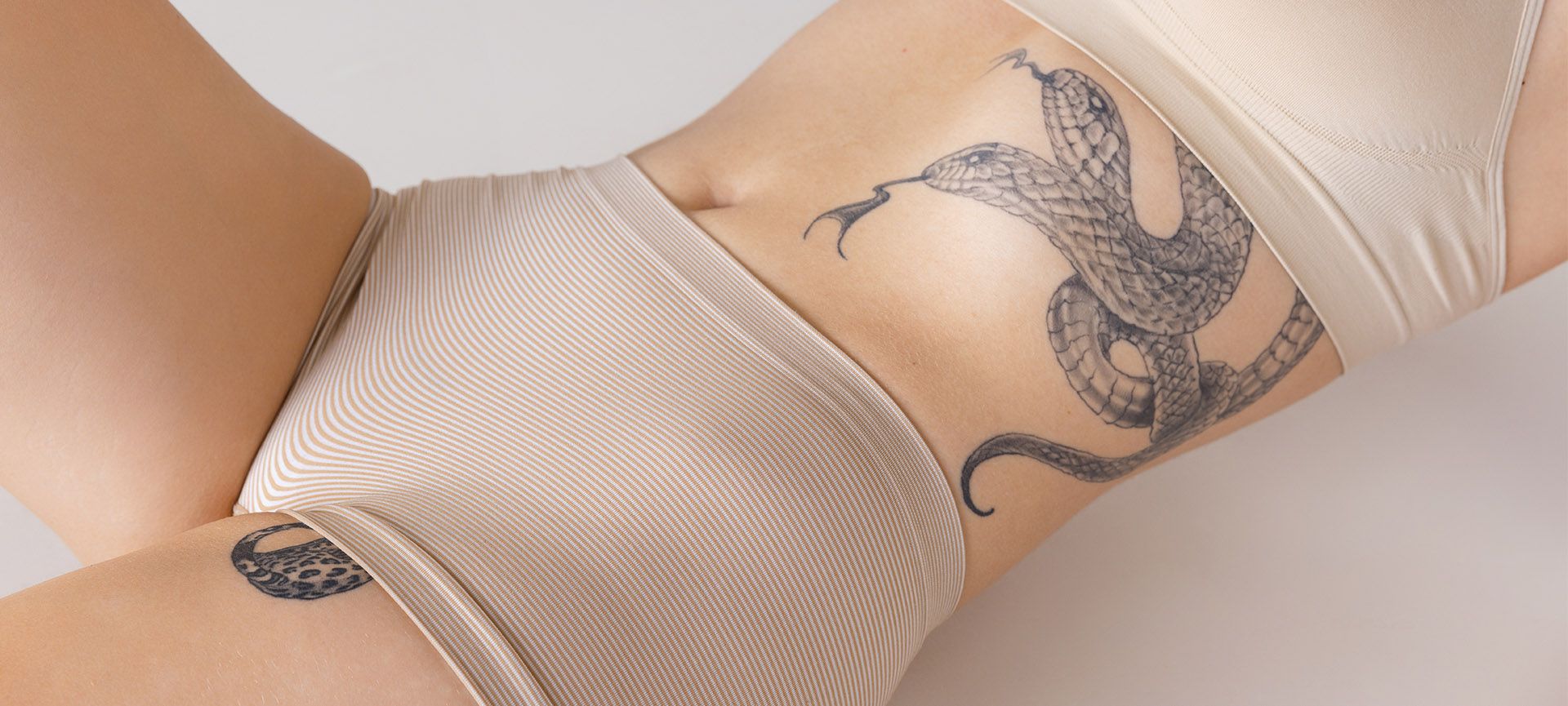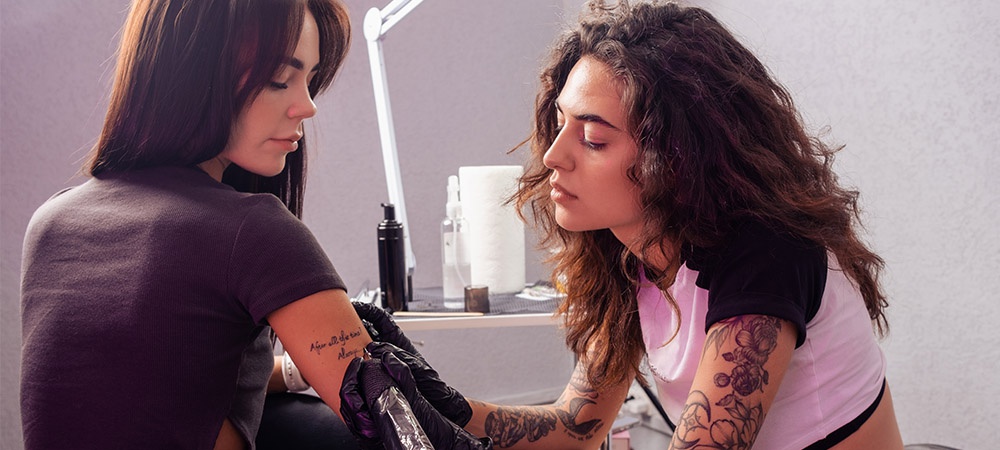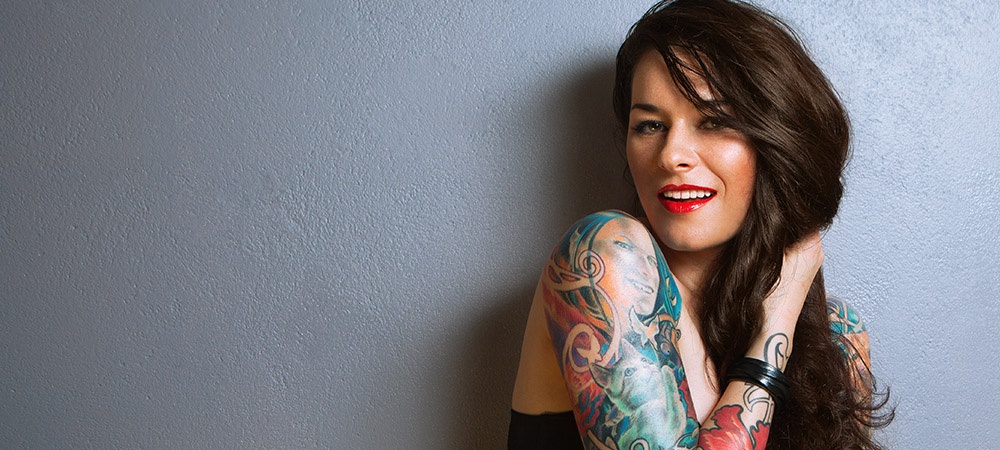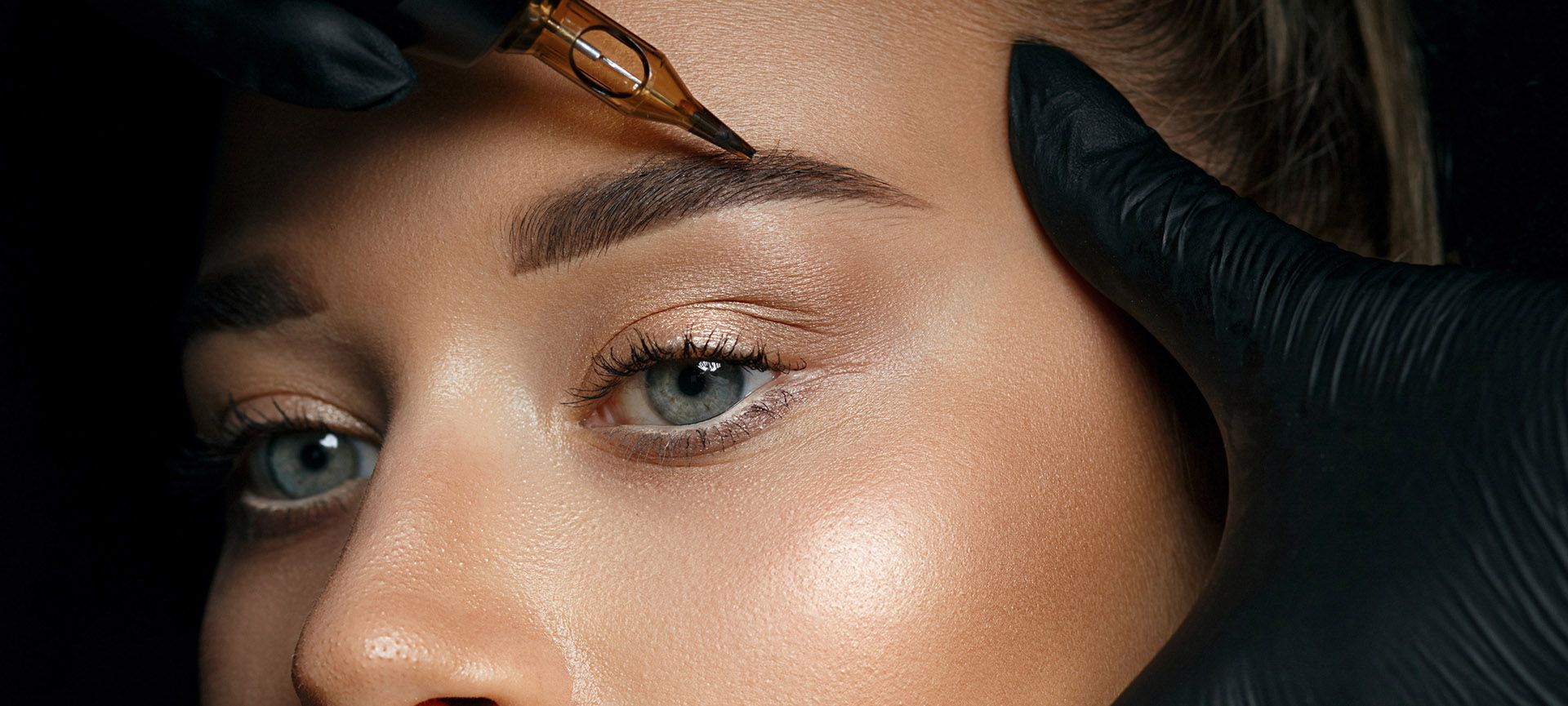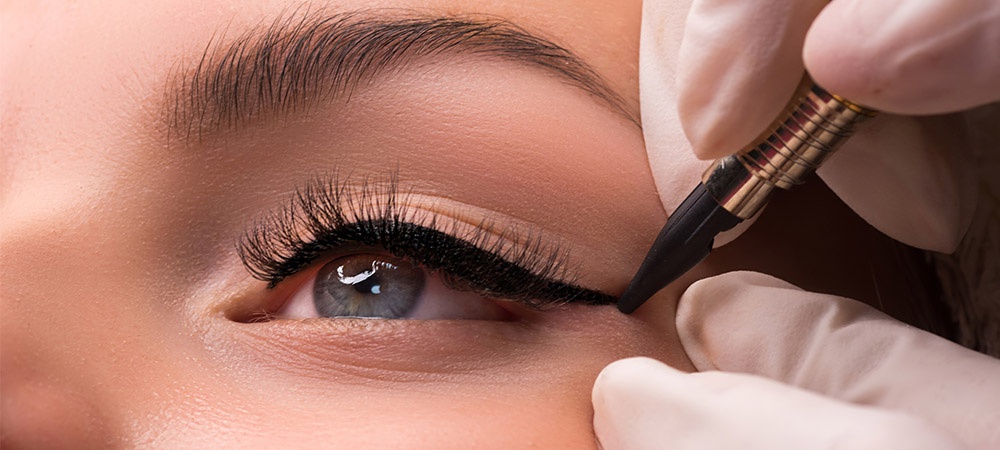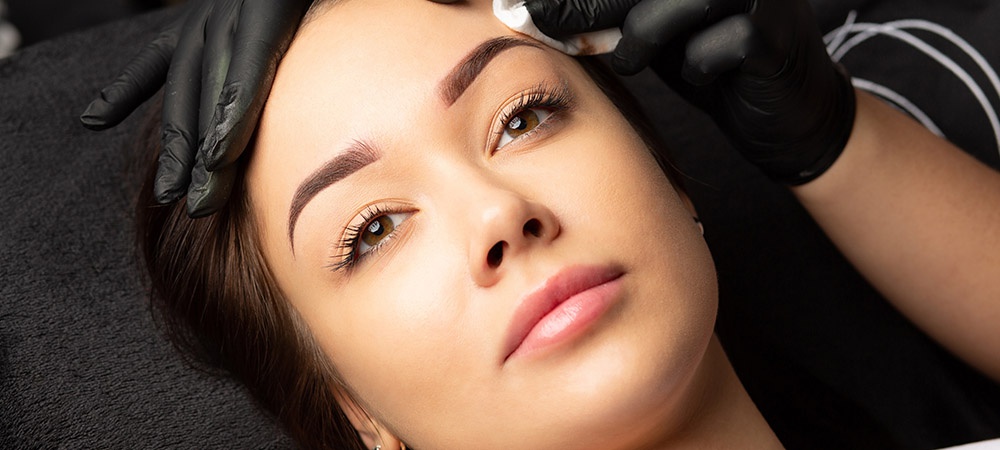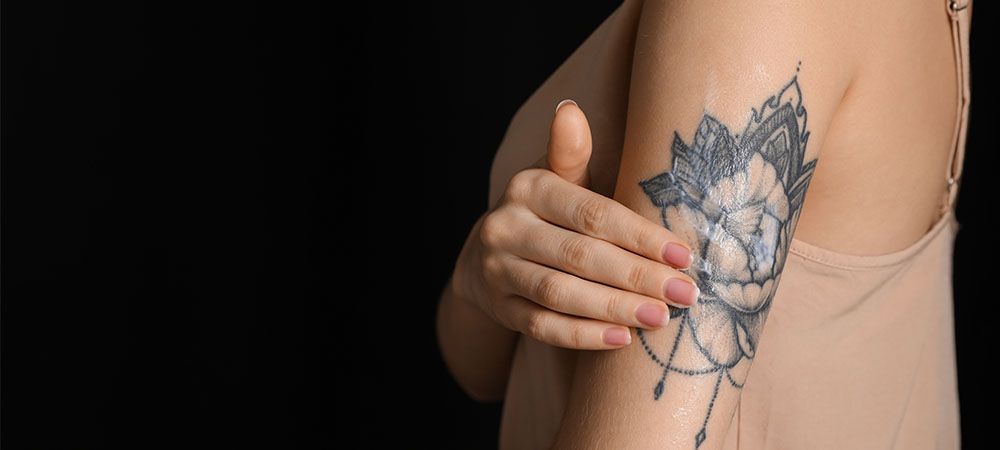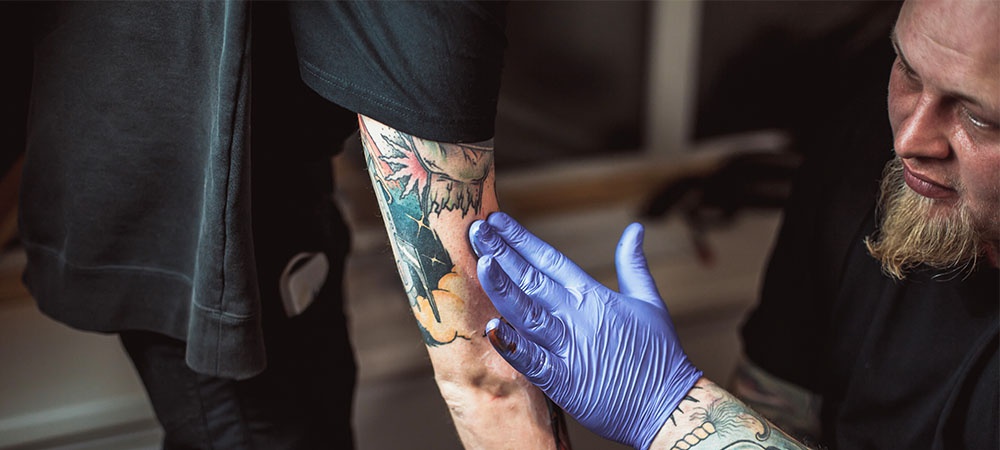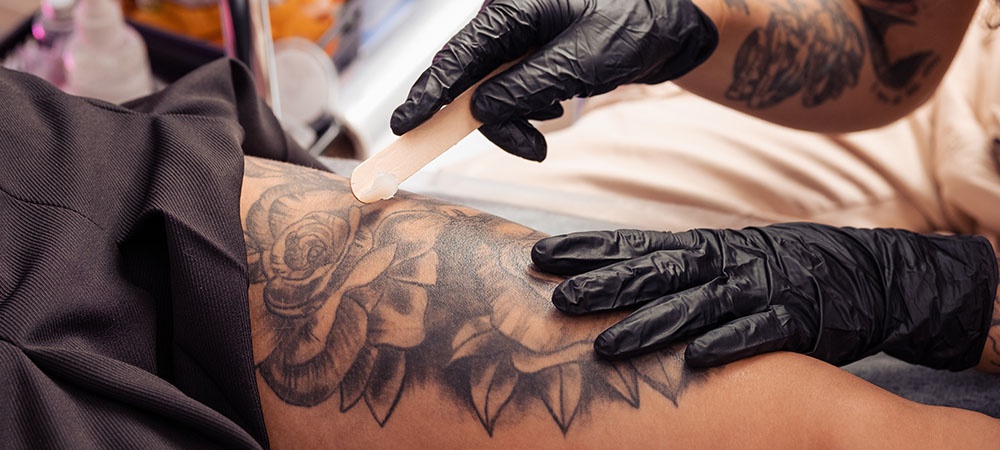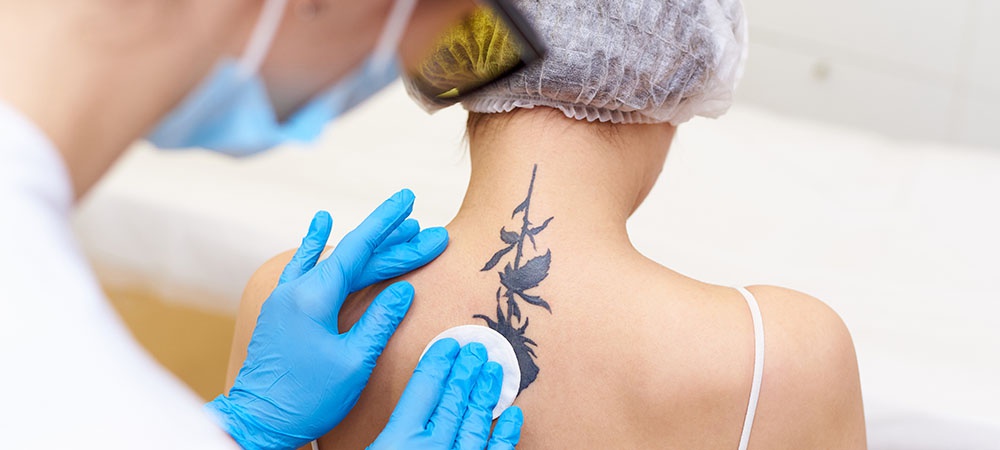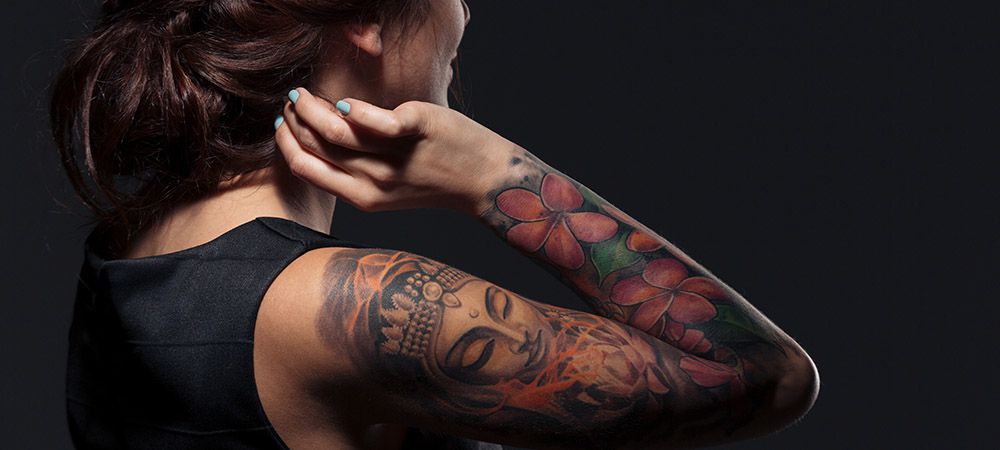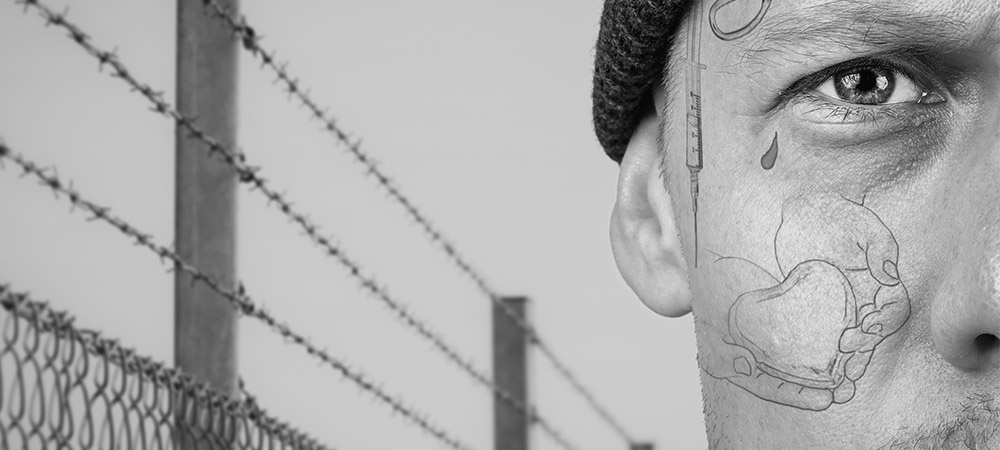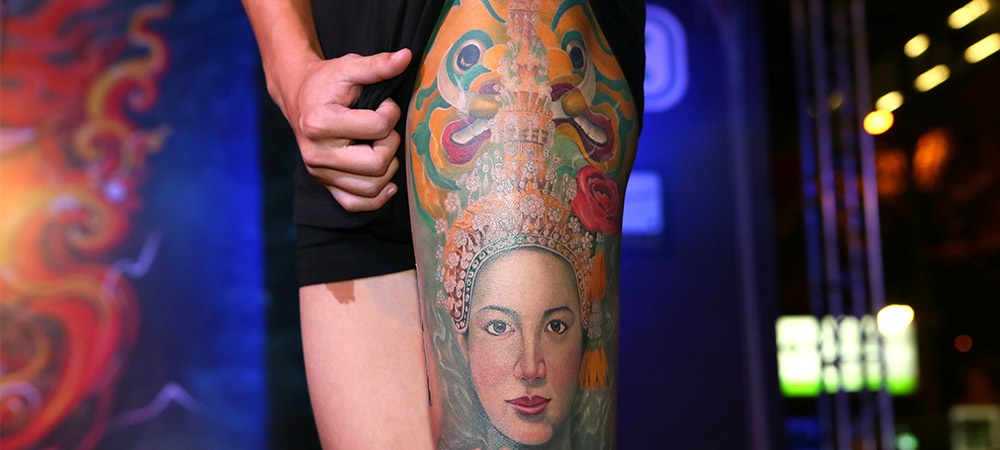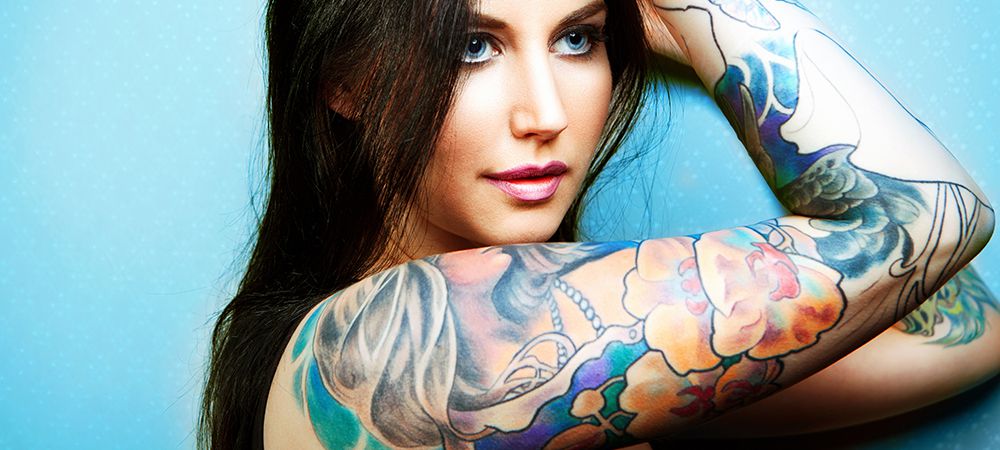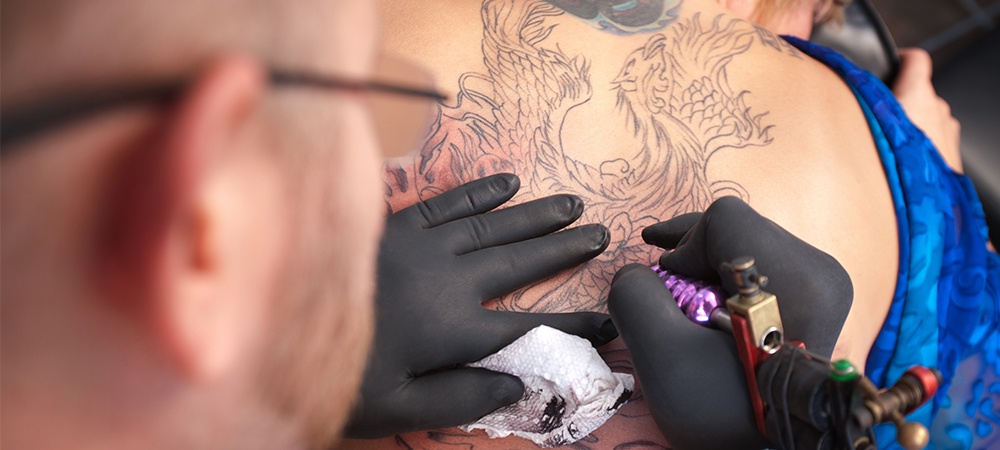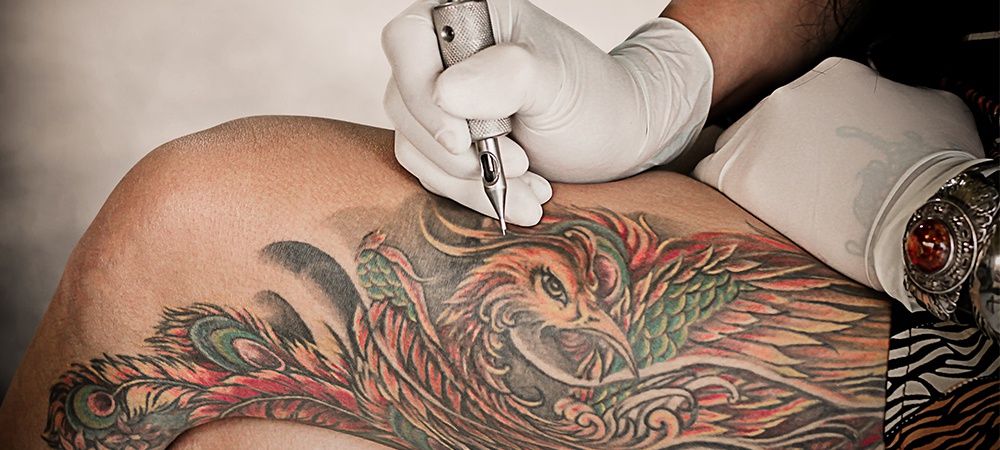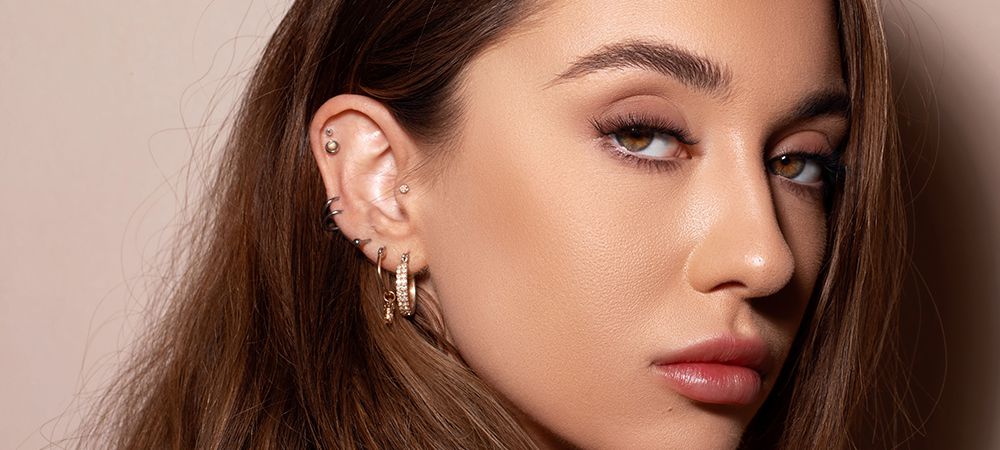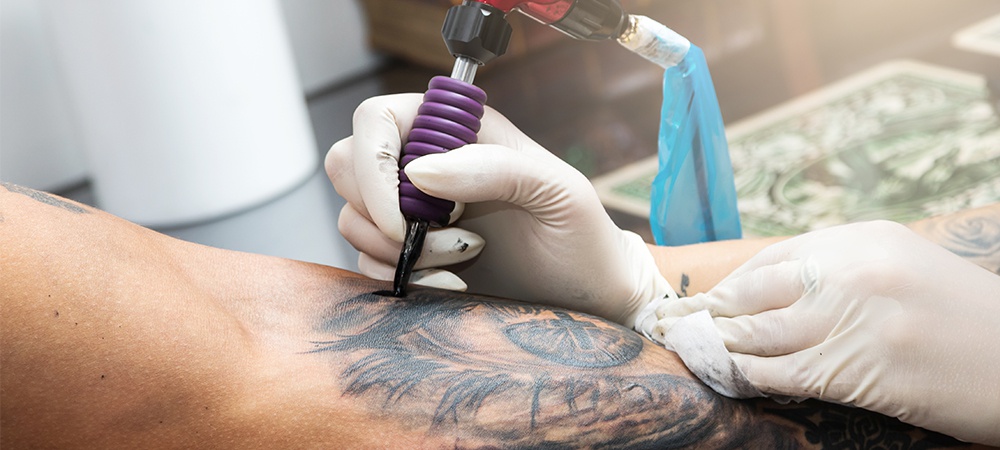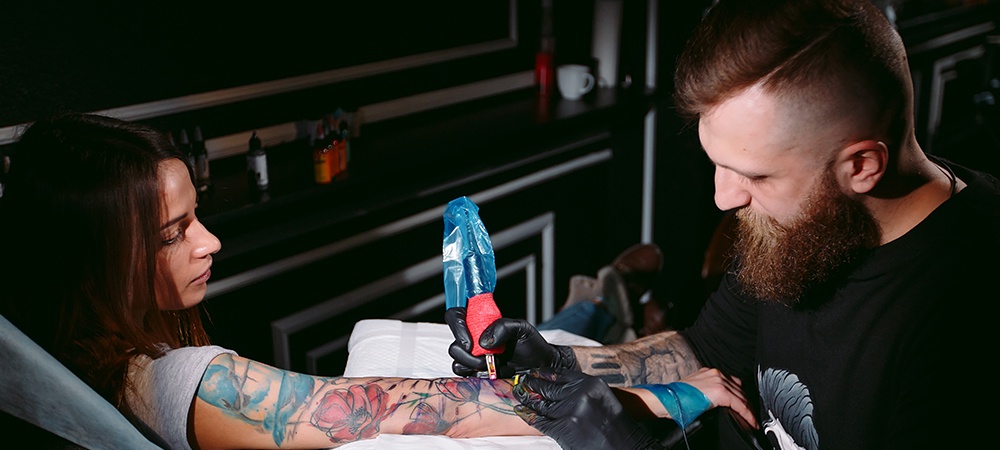A micro-realism tattoo is one of the most common tattoo styles today. Although new, micro-realism tattoos have quickly become people’s favourites because of their details and authentic expression.
The foundation of micro-realism tattoos is realism tattoos, which began in the 1800s with realism tattoos aiming to replicate the exact look of a photograph on the tattooed skin. The tattoo will include all intricate details in the actual picture. Micro realism tattoos, on the other hand, replicate the photograph but reduce it to a smaller scale.
Several micro-realism tattoo ideas range from landscapes to wild and domestic animals and even movie scenes. The type of micro-realism tattoo you want determines the type of tattoo artist you go to. However, ensure the tattoo artist is experienced and licensed.
Want to know what a micro-realism tattoo looks like? Here’s a guide on everything you should know about a micro-realism tattoo.
What A Micro-Realism Tattoo Looks Like
The easiest way to identify a micro-realism tattoo is its size. These tattoos are usually small due to the time required to perfect them. As such, once you see a small tattoo that looks like an accurate picture, you can suspect it to be a micro-realism tattoo.
Some of the elements that you can find to confirm your suspicion include;
- Clear and Small. The small size of a micro realism tattoo doesn’t affect its outcome. You’ll still find every detail of the base image used for the tattoo; it’ll only have a smaller size.
- 3d Display. Any micro realism tattoo will look like it’s a 3D picture. Artists utilize techniques like shading to add depth to the tattoo — making it real.
- Colours. Some of the best micro realism tattoo designs feature different colours, meaning they will take longer. As such, most have simple colour palettes.
Related Article: Best Creative Ideas for a Tattoo Coverup
Should I Get a Micro Realism Tattoo?
Getting a micro-realism tattoo is always exciting because it keeps memories alive. An accurate pet portrait on your arm or a movie scene sounds excellent. But there are factors to consider before you get one.
Some of these factors include;
- Specialist: Only a trained and experienced tattoo artist can successfully attempt a micro-realism tattoo. They employ diverse techniques to ensure perfection in the designs. One common technique is dotwork, in which the artist uses tiny needles to make small dots that form a real tattoo.
- Time: Completing a micro-realism tattoo takes a lot of time. Depending on the complexity of the design, the tattoo artist may require multiple long-hour sessions to complete it. The tattoo artist should complete the design as soon as possible for uniformity. Also, you must have the time and patience to wait for these extended hours.
- Longevity: The longevity of your micro-realism tattoo depends on the expertise of your tattoo artist and designer. You’ll need to put more effort into maintaining a micro-realism tattoo than you will with regular ones. You must reduce exposure to sun, water, and other factors. If any tattoo detail gets affected, it’ll damage the look.
- Service Cost: A typical tattoo shop in Toronto can choose its preferred pricing methods. Some tattoo artists may agree to a fixed price for a micro realism tattoo, while others charge per hour. Consult the expert for their pricing and prepare yourself financially.
Micro Realism Tattoo Ideas
There are multiple micro-realism tattoo ideas, but most intending users prefer to use a photograph. The only limitation to what you can create with a micro realism tattoo is the creativity of the tattoo artist.
For example, an Ontario tattoo artist may have expertise in abstract designs like flowers and objects. You can’t expect such an artist to draw a movie scene for you.
Some of the most common microrealism tattoo designs are;
- Landscapes. A good example is a mountain view picture or any other one showing nature.
- Domestic and wild animals.
- Human portraits. It could be of a spouse, sibling, or a special friend.
- Movie Scenes
- Fine line portraits. This type of micro-realism tattoo is becoming common among celebrities. A notable one is model Hailey Bieber, who had a calligraphy tattoo to celebrate her marriage to Justin Bieber.
Some microrealism tattoo ideas may require the expertise of two or more tattoo artists with different specialists. You can always check out different micro-realism tattoo artists in Toronto and ask them about their specialities.
Is a Micro Realism Tattoo Expensive?
A micro-realism tattoo isn’t an expensive option. Instead, it can be classified as a cost-effective option. The average price of a micro-realism tattoo design in Toronto is between $70 and $250. The complexity of the design is the crucial factor influencing the price.
The price of micro-realism tattoos is higher than the average tattoo price per hour. However, the result of a standard tattoo, compared to a micro-realism tattoo, is that it is poles apart. In addition, standard tattoos usually symbolize a message, but micro-realism tattoos could be the actual message.
Related Article: What is the Average Price for a Small Tattoo?
Micro Realism Tattoo Artist in Ontario
There are multiple benefits that a micro realism tattoo holds over any regular design. While it may take a while to get it done, in the end, you’ll realize it’s worth the wait.
At Piranha Tattoo in Ontario, we offer different micro-realism tattoo designs to match your expectations. We also offer different kinds of body modifications, such as piercings.
You can visit our micro-realism tattoo gallery or call us at +1 905 605 9191.

